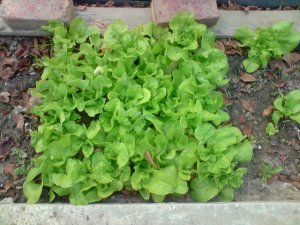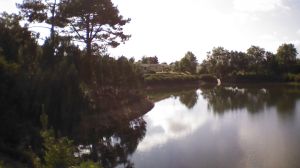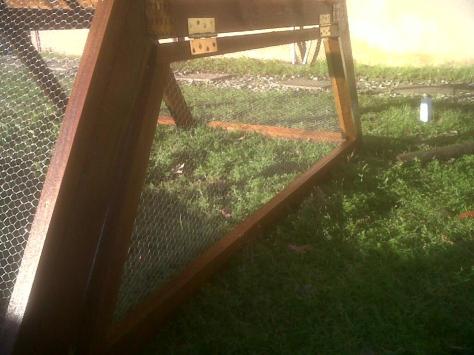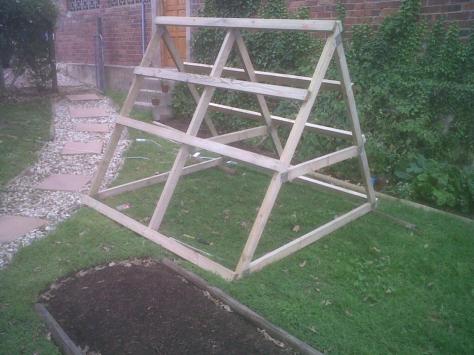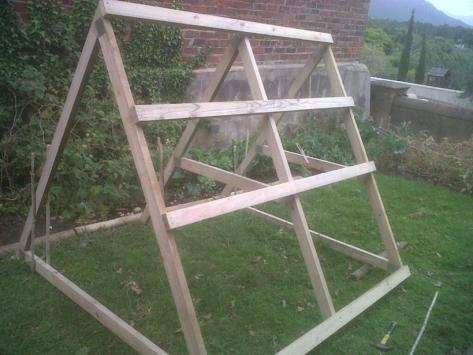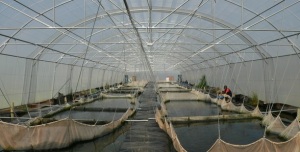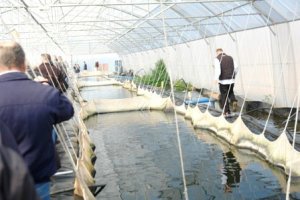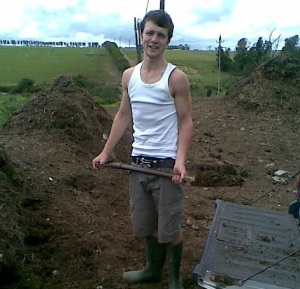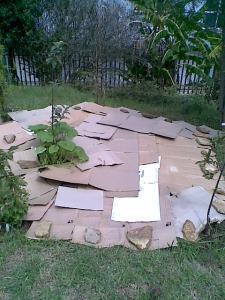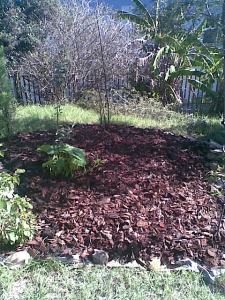I have spent my entire life dreaming up, fine-tuning and then documenting ideas. Most completely wacky, but some worth serious consideration. I’m just not much of an “executor”. When these ideas, often years later, are launched amidst great fanfare and millions of dollars, I look on in dismay. If only?
Wednesdays are going to be devoted to publishing some of these ideas. My rationale is two-fold. Firstly, I have a date and timestamp of the blog post should I wish to pursue the matter at some time in the future. Secondly, and more importantly, maybe one of my readers would like to take one of these ideas further with me.
This idea dates back to 2014, but now much of the required technology has come of age and its probably worth a re-look.
The idea is for a “self-herding” flock of sheep (or any other domestic animal). All the sheep in a flock are fitted with collars containing an internet-enabled tracking device and GPS. It is powered by a small battery or could even have solar panels. The collar also contains a speaker (or buzzer). It is linked to a mobile app and the farmer can track his entire flock (and each sheep individually) in real-time.
To move sheep, one would traditionally use a shepherd and a trained sheepdog. The shepherd would instruct the dog, which would then run after the sheep and slowly move them in a general direction and then into specific areas. Although it is great fun for the dog, it is time-consuming, labor-intensive and certainly too random for 2018.
The Virtual Sheepdog concept works like Google Maps. The farmer locates the flock on his smartphone (from anywhere in the world), indicates the required destination and the software goes to work. The collars of a few sheep on the far side of the destination (as determined by the algorithm) start “barking” or “buzzing”. Sheep closest to them dart off in the opposite direction (ie. the direction in which you want them to move). The “barking” stops. The barking sheep who are now confused just follow the general flock. A few seconds later the algorithm recalculates, and a few more (maybe different) sheep on the outside “bark” again. Repeat until the sheep are safely at their destination.
Potential equity investors are welcome to contact me at synaptoman(at)gmail.com.
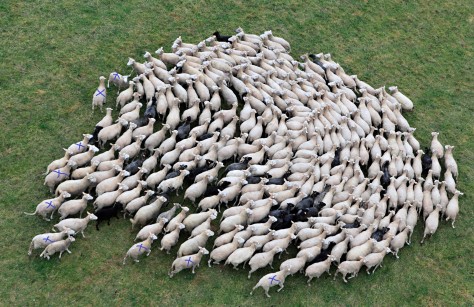
Later
Synaptoman

